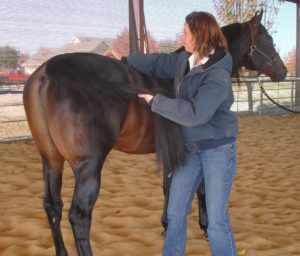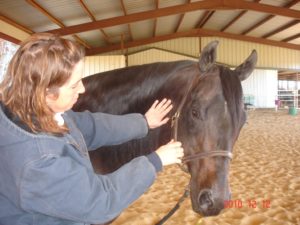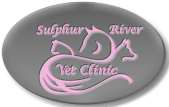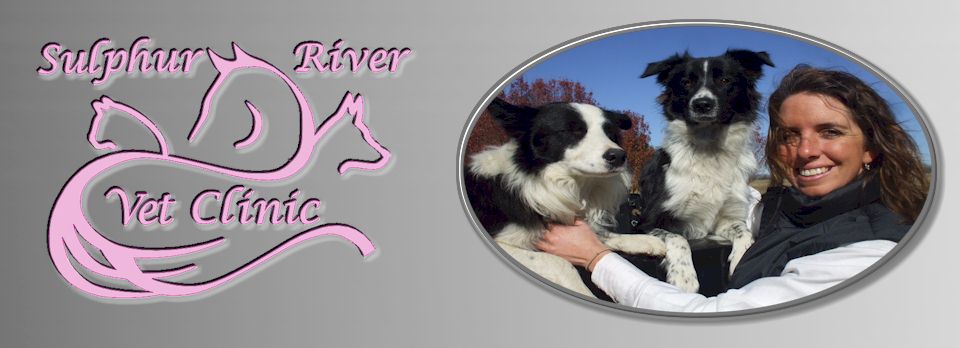
I perform osteopathy in ways you may have not experienced before. Equine osteopathy is a two- year course taught by Janek Vluggen and explores treating the whole horse. By this I mean the trained osteopath looks at every physical connection of the horse be it tendon, ligament, bone, nerve, muscle, organ, connective tissue, blood or lymph vessel, and even skin. The goal of the osteopath is to find the restriction of movement in one or more of these tissues and restore the mobility for optimal function and health.
Procedure
I perform a thorough examination of each horse. I start by looking at the horse as a whole. I look at body condition, hair coat, confirmation, the hooves, the way the horse stands, scars, swellings. Next, I check each joint in isolation by palpating,

flexing and extending the vertebrate, the hind legs, the front legs, neck and TMJ (jaw). In most cases I will watch the horse move at a trot in straight line and a circle. If necessary, I may proceed onto a full lameness exam (see Lameness Exam). A dental exam may be in order based on the horse’s history. (see Dentistry) Next, I adjust the joints that are not moving. I do every adjustment with my hands. I do not use mallets. I may use very mild sedation if the horse is very nervous. In order to adjust the vertebrate in the back, I use wooden sticks that have a “sharp” point to “gig” or make the horse raise and twist its back. I apply pressure with my hand to the vertebrate. This generally makes the horse back “pop”. A lot of times, horses are stiff or nervous and it is hard to get an adjustment. Generally I may stop and use Equine Touch (massage) or acupuncture to relax the horse. Occasionally, I may use mild sedation.
After care
Depending on the number of problems and severity, the horse may require 1-3 days off after an adjustment. Further treatments with steroids or major problems may require more time off. Most horses may only need one treatment and repeat treatments are on an as-needed basis.
Preparation
When I examine a horse, I prefer that your horse be relaxed and warmed up. By this I mean performing light exercise, stretching or message before the exam makes my job much easier. Also, acclimating your horse to turning his neck to touch each elbow makes it easier for me to examine and adjust the neck. You can do this easily with treats or feed. Be sure to apply light pressure to the horse’s head and/or halter while asking the horse to stretch.

